Directions
Telling Time with Your Shadow and the Living Sundial
Sundials are ancient timekeeping devices that rely on the
sun's position to cast a shadow and indicate the hour. Believe it or not, with the
Living Sundial, a little knowledge, and some sun, you can transform yourself
into a human clock!
Here's what you'll need:
- A flat, open area: This could be a grassy field, a park path, the beach, or even your yard.
- Sunny skies: Cloud cover will disrupt the shadow's accuracy.
- Knowledge of your location: You will need to know which direction is north.
You can use a phone or compass. Don’t worry if you don’t have either. We have some tricks to find north without them!
Now you're ready to become a sundial!
- Stand Straight: Position your Living sundial on a flat surface with the north arrow facing true north. Stand in the center of the Living Sundial.
- Become the Gnomon: Look at your shadow. This is your body's version of the gnomon, the part of a sundial that casts the shadow.
- Mark the Time: Observe the shadow cast by your body onto the ground. The shadow's direction and length will change throughout the day. You can read the time on your Living Sundial just the same way you read the small hand on a clock.
Tips for Improved Accuracy:
Trial and Error: Practice makes perfect! The first few times you try this, it might take some adjusting to get a feel for the shadow's movement. It may help to put your arms up, over your head. With practice, you'll be able to read the time with surprising accuracy.
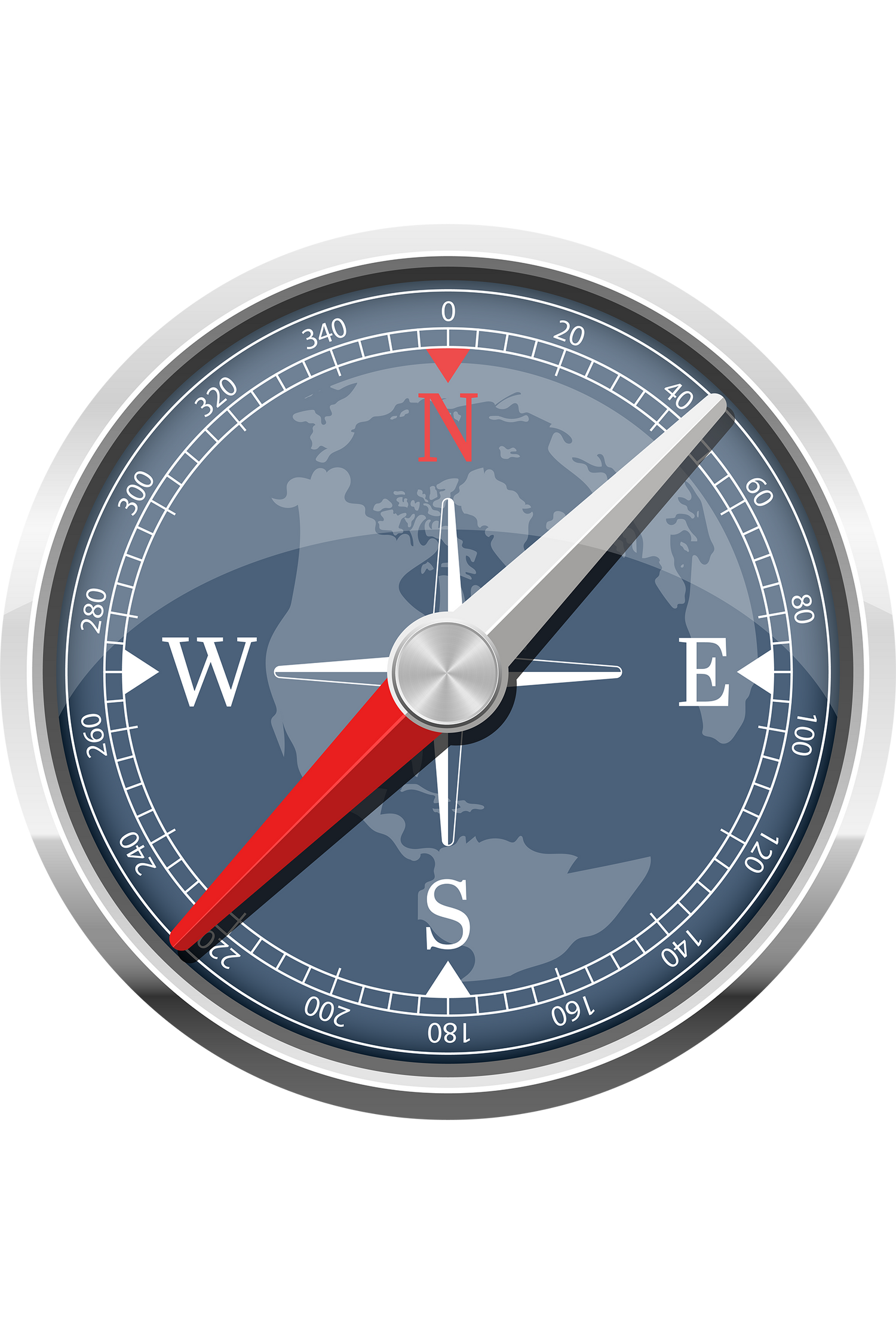
How to Use a Compass to Find North
- Hold the compass level in front of you, with the direction arrow pointing forward.
- Rotate your body until the tip of the arrow lines up within the N the outer ring of the compass.
Now, the direction arrow is pointing towards magnetic
north.
Don’t have a compass? Don't fret!
Nature offers ingenious ways to find north, even under the bright sun. Here are 5 methods to get you oriented:
Method 1: Shadow Play
This classic trick requires a stick and some patience.
- Stick the straight stick upright in clear ground.
- Mark the shadow's tip with a stone.
- Wait 15-30 minutes (depending on the sun's position) and
watch the shadow shorten and shift. - Mark the new shadow tip with another stone.
Now, imagine a line bisecting the two stones. That line runs
east-west, with north perpendicular to it (pointing to your right in the
Northern Hemisphere and left in the Southern Hemisphere).
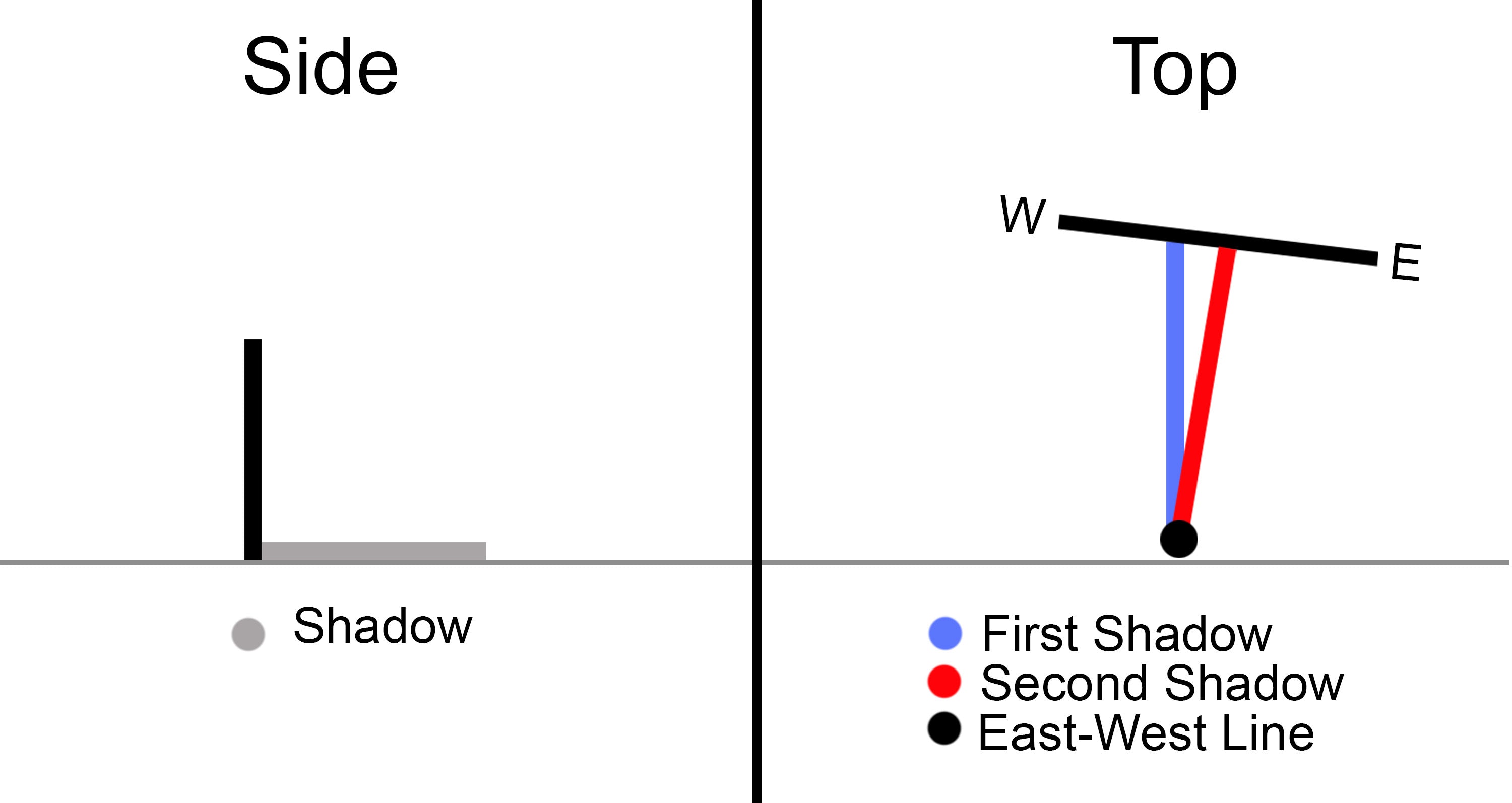
Method 2: Star Gazing
This trick will work at night, instead of during the day, so you’ll be ready to use your Living Sundial first thing in the morning.
- Lie down and drive one stick into
the ground at eye level - Drive a second, taller stick into
the ground behind it so that the tips of the sticks line up with a bright star. - Watch the star for a few
minutes.
If it seems to move...
- Up - you are facing East
- Down - you are facing West
- Right - you are facing South
- Left - you are facing North
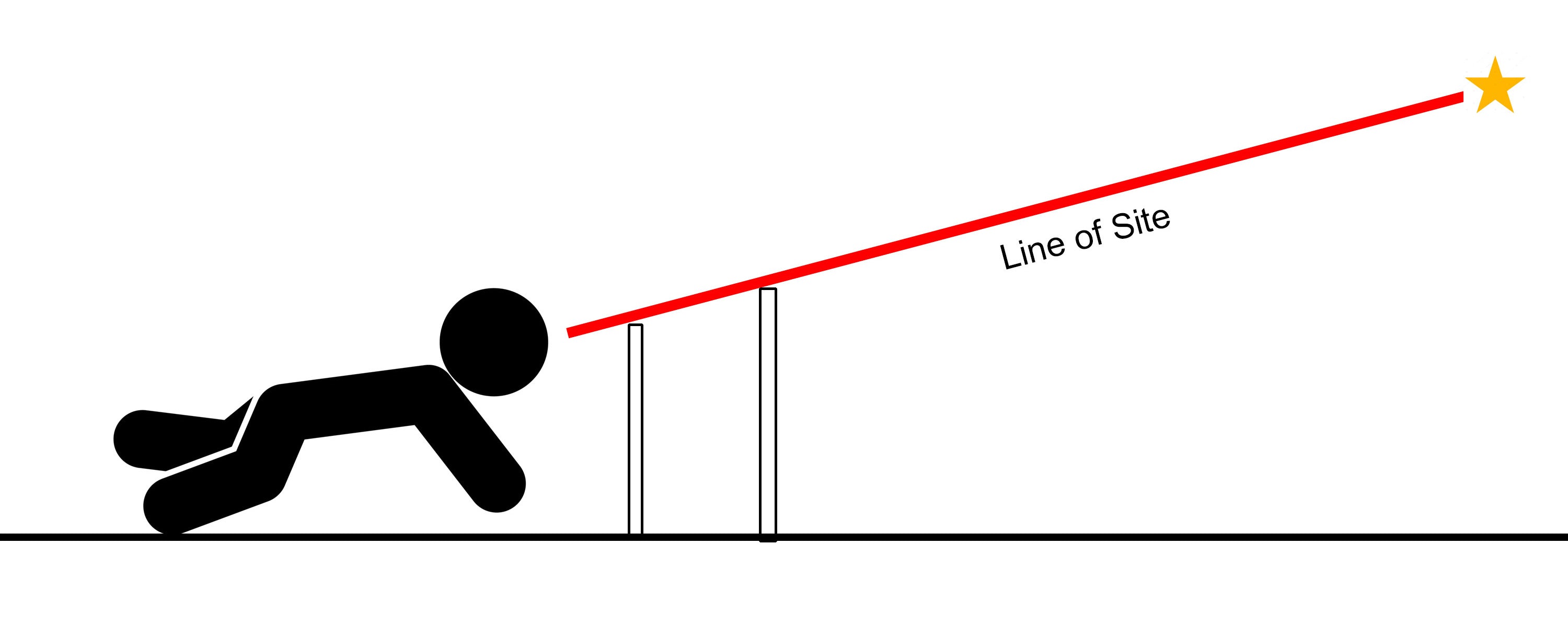
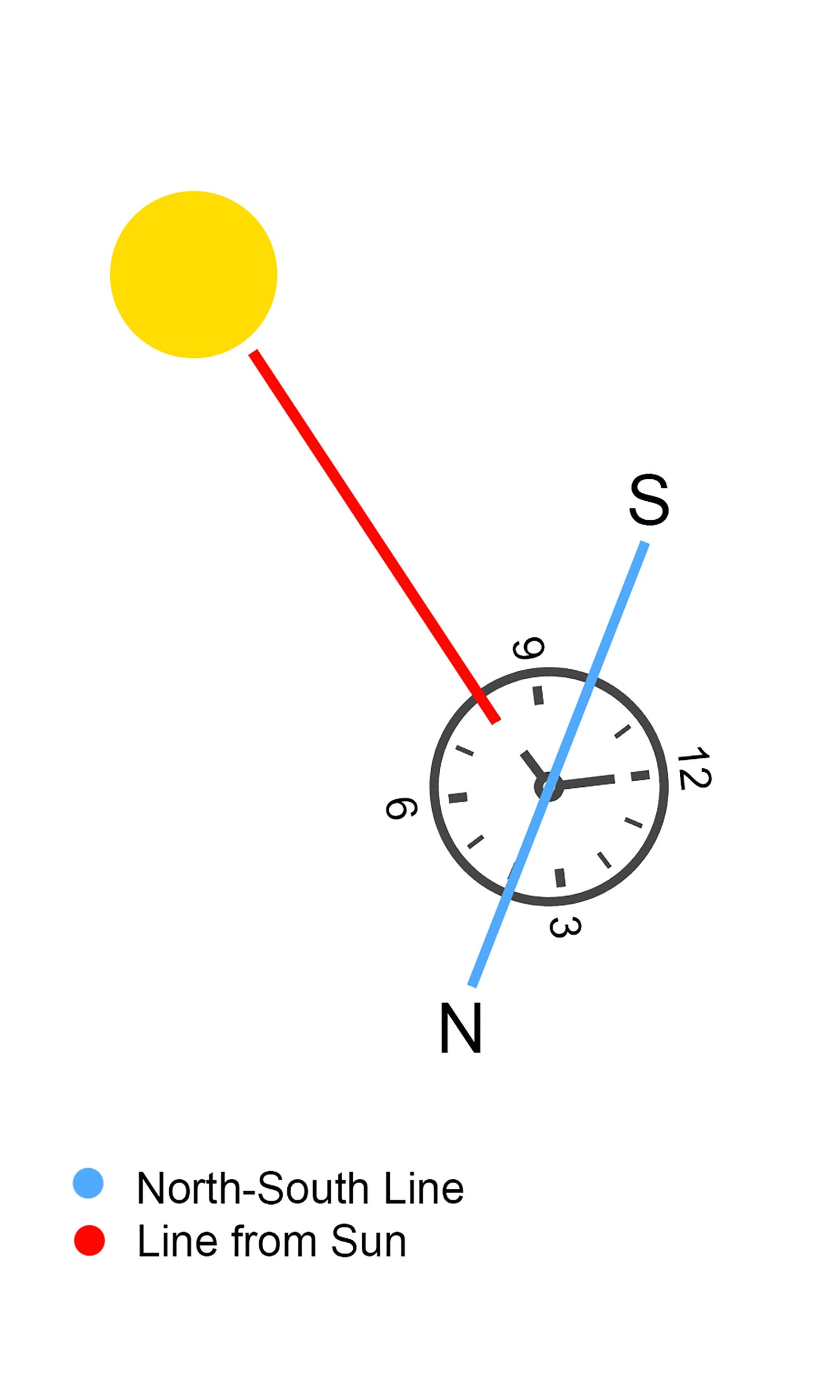
Method 3: Watch Wizardry
(Northern Hemisphere Only)
If you have an analog watch (not digital!), it can transform into a makeshift compass.
- In the morning, point the
hour hand directly at the sun. - Imagine a line bisecting the angle
between the hour hand and 12 o'clock.
That line points south (as the sun is in the south during the northern hemisphere's day). So, the north lies
directly opposite!
Remember, this method requires adjusting for daylight saving time if applicable.
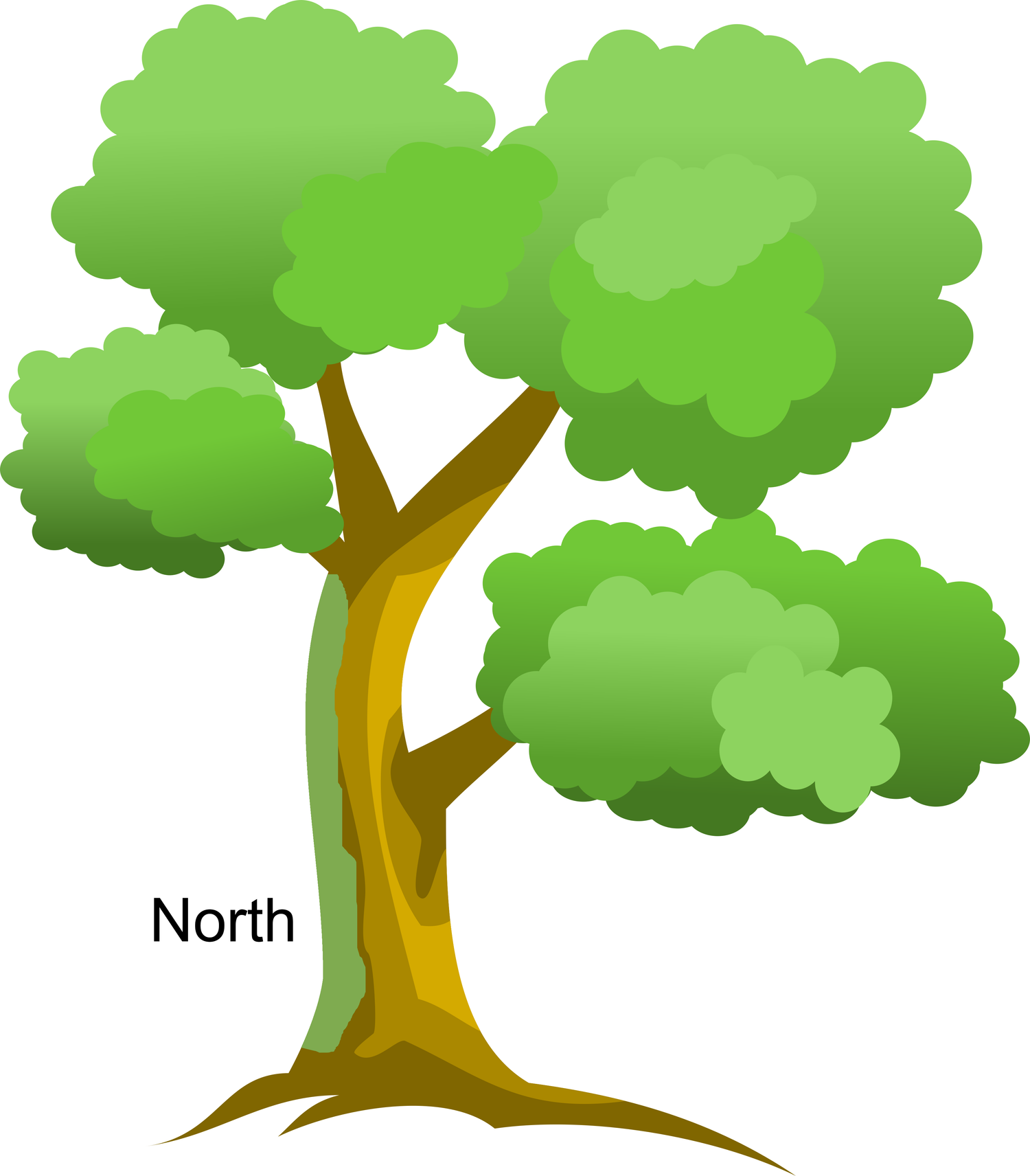
Method 4: Moss Magic
Moss thrives on moisture and typically grows thicker on the north side of trees or rocks, away from direct sunlight. This isn't a foolproof method, but in well-established environments, you might see a noticeable difference in moss coverage, hinting at the north side.